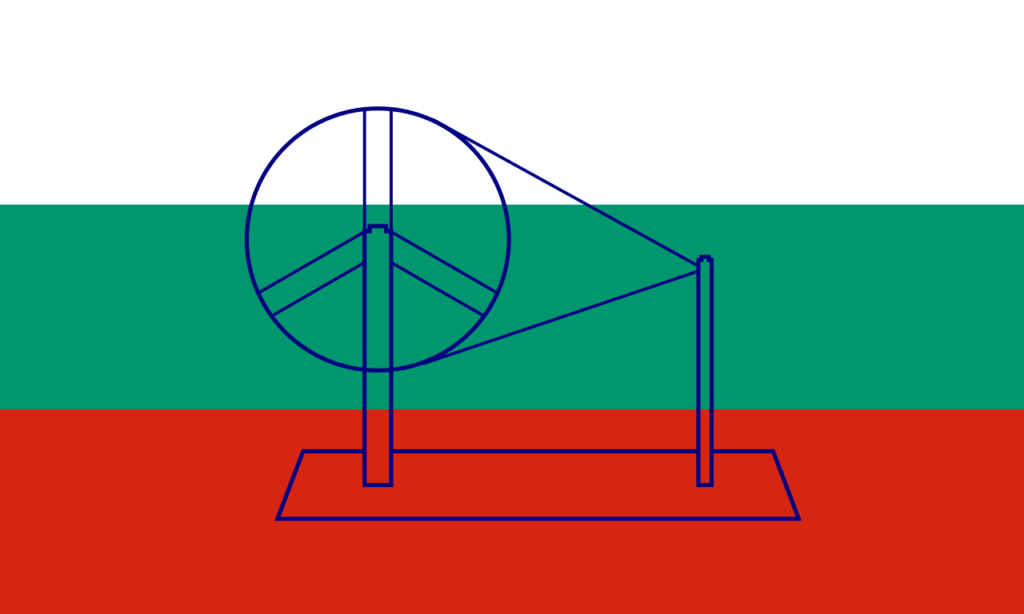History and evolution of the Indian national flag
Occasion of India’s Independence Day, Prime Minister Narendra Modi has urged the citizens to participate in the ‘Har Ghar Tiranga‘ (Tricolour at every home) movement by hoisting the Indian National Flag in their homes in August, 2022.
Taking to Twitter, the PM wrote, “Today, 22nd July has special relevance in our history. It was on this day in 1947 that our National Flag was adopted. Sharing some interesting nuggets from history including details of the committee associated with our Tricolour and the first Tricolour unfurled by Pandit Nehru.”
While PM mentioned the tricolor and how it was adopted on this day, it is pertinent to note that our Indian national flag went through several iterations before it was agreed upon in the final and current version.
1. Bhagini (Sister) Nivedita flag – 1905

The first version of the Indian flag came in the year 1904 when Sister Nivedita, more fondly called Bhagini Nivedita, a disciple of Swami Vivekananda designed a yellow and red flag with a ‘Vajra’ in the center and ‘Vande Mataram’ written in Bengali in the center.
2. Unofficial flag of India – 1906
The Calcutta flag was one of the first unofficial flags of India. It was designed by Sachindra Prasad Bose and Hemchandra Kanungo and unfurled on 7 August 1906 at Parsi Bagan Square (Girish Park), Calcutta.

The flag had three horizontal bands of equal width with the top being orange, the centre yellow and the bottom green in colour. It had eight half-opened lotus flowers on the top stripe representing the eight provinces of British India and a picture of the sun and an Islamic-style crescent moon on the bottom stripe. वन्दे मातरम् (Vande Mataram, meaning “Mother, I bow to thee!”) was inscribed in the centre of Devanagiri.
3. Berlin Committee Flag -1907

The Belin Committee Flag was collectively designed by Madame Bhikaji Cama, Vinayak Damodar Savarkar (Veer Savarkar), and Shyamji Krishna Varma. The flag was first unfurled in Stuttgart, Germany by Madame Cama on August 22, 1907, and was the first Indian flag to be hoisted on foreign soil. The flag was also a tricolor but introduced the color saffron for the first time. The topmost band was of orange color with eight lotuses, yellow was in the middle with words Vande Mataram and green at the bottom with symbols of the sun and moon.
4. The Home Rule Movement flag – 1917

The Home Rule Movement had a separate flag which was propounded by Bal Gangadhar Tilak to demand the status of a Dominion within the British Empire like Australia and New Zealand. The flag was a red-green striped one with the Union Jack in the upper left-hand corner and seven stars in the middle. The stars were placed as the stars in the Saptarishi constellation. The flag also had a crescent moon and a star at the top right corner.
5. National flag unofficially adopted in 1921 (Mahatma Gandhi’s flag)

Four years later, when Mahatma Gandhi was visiting Vijayawada for the All India Congress Committee, Pingali Venkayya designed a flag and submitted it to him. The flag initially had only green and red, representing Muslim and Hindu communities. However, Mahatma Gandhi suggested adding a white stripe and a spinning wheel or Charkha. The spinning wheel was popularised by Gandhi as a symbol of the nationalist struggle. Later on, this flag would lay the foundation of the current tricolor.
6.The Swaraj Flag (1923- 1947)

The previous flag was not well-liked by the public and the leaders since it was interpreted from a communal angle. The colors of the flag were changed to saffron, white, and green. The saffron color was chosen to showcase both the Hindu yogis and Muslim darvesh. The white band in the middle stood for other religious communities. It was the first official flag of India and was designed by Pingali Venkayya. The symbol of ‘charkha’ was retained to symbolize the Swadeshi movement.
7. The flag of sovereign India (1947)

When India attained Independence, a committee headed by Dr. Rajendra Prasad was formed to select the National Flag of India. The committee adopted the Swaraj Flag with a slight change as the flag of independent India. The ‘charkha’ in the middle was replaced by the Ashoka Chakra and hence our present National Flag came into existence. The significance of the colours was also changed. The saffron band came to denote courage and selflessness, the white stood for purity, peace and truth, the green stripe for faith, fertility and prosperity and the Ashoka Chakra symbolized the rule of dharma.
Write with us✍?
Greetings for Everyone from TeamUgtWorld! Anybody who wants to write whatever his/her Heart wants to. They can now publish their content with us at our platform @Ugtworld. For more information click on the following link…


